
Dr Richard Miles
The Section covers all aspects of those smaller Solar System objects termed asteroids, minor planets, dwarf planets, Centaurs, trans-Neptunian objects, Plutinos, near-Earth objects (NEOs), etc. Most of these bodies were left over after the main planets condensed from the Solar nebula four billion years ago, and now comprise all manner of strange objects, many of the closer objects being within range of small telescopes (10‒30 cm aperture). Activities conducted by the Section include the use of digital cameras for measuring the positions (astrometry) and more especially the brightnesses (photometry) of asteroids, and increasingly we observe many stellar occultations by asteroids, predictions for which are now very accurate. Wayne Hawley is the Assistant Director with responsibility for asteroid photometry and is active in running our Groups.io webgroup. Tim Haymes oversees activities involving stellar occultations by asteroids (and also by the Moon). Of special interest are newly-discovered NEOs, which can pass very close to the Earth – some of which have been found to be on a collision course! Peter Birtwhistle is our foremost observer on NEOs. We also have an Exoplanet Division headed by Roger Dymock that specialises in observations of exoplanets as they transit in front of their host star. Exoplanets are examples of 'remote planets' that exist beyond our Solar System.
OBSERVING CAMPAIGN LATE 2025 / EARLY 2026
Here is the latest list of asteroid targets for which we need photometry.
Listed below are the targets alongside their dates when they come to opposition or, in the case of near-Earth objects (NEOs), when they reach their brightest. They are a mixture of objects - some are listed as part of our low phase angle studies. Others have unknown or very slow rotation rates and we are making a study of these. Those with no accurate rotation period may be relatively spherical in shape and so their lightcurve has a low amplitude and are difficult to follow as they spin. Image each target using either an unfiltered CCD (or CMOS) camera especially if the object is 15th magnitude or fainter. Targets brighter than 15th mag are best imaged through a photometric filter, either a Sloan r' filter or a Johnson V filter. The idea is to measure the magnitudes of each object with high accuracy. Provisional figures are shown in red text. Note: if the period is close to 24 hours or a multiple of 24 hours coverage every night is not required as you will be looking at the same face of the object.
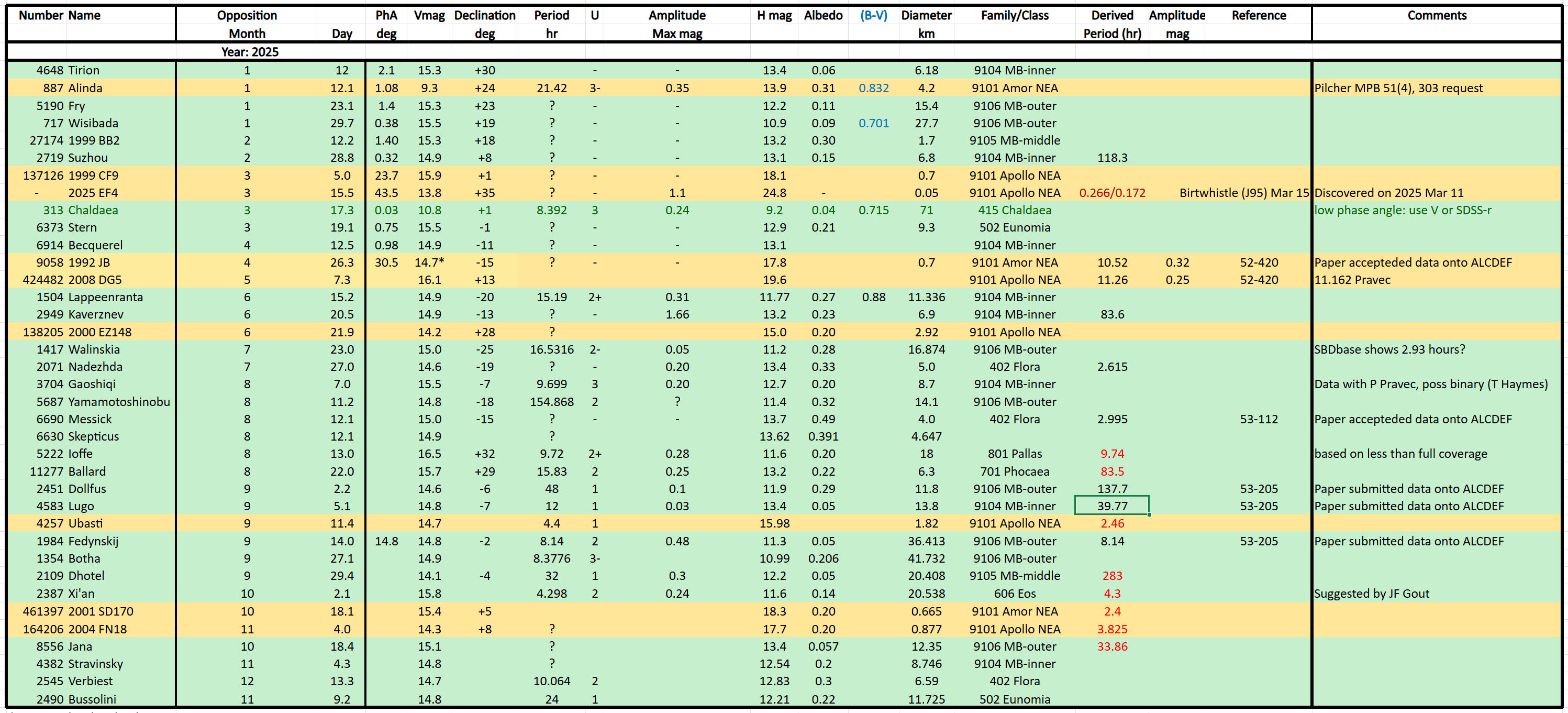
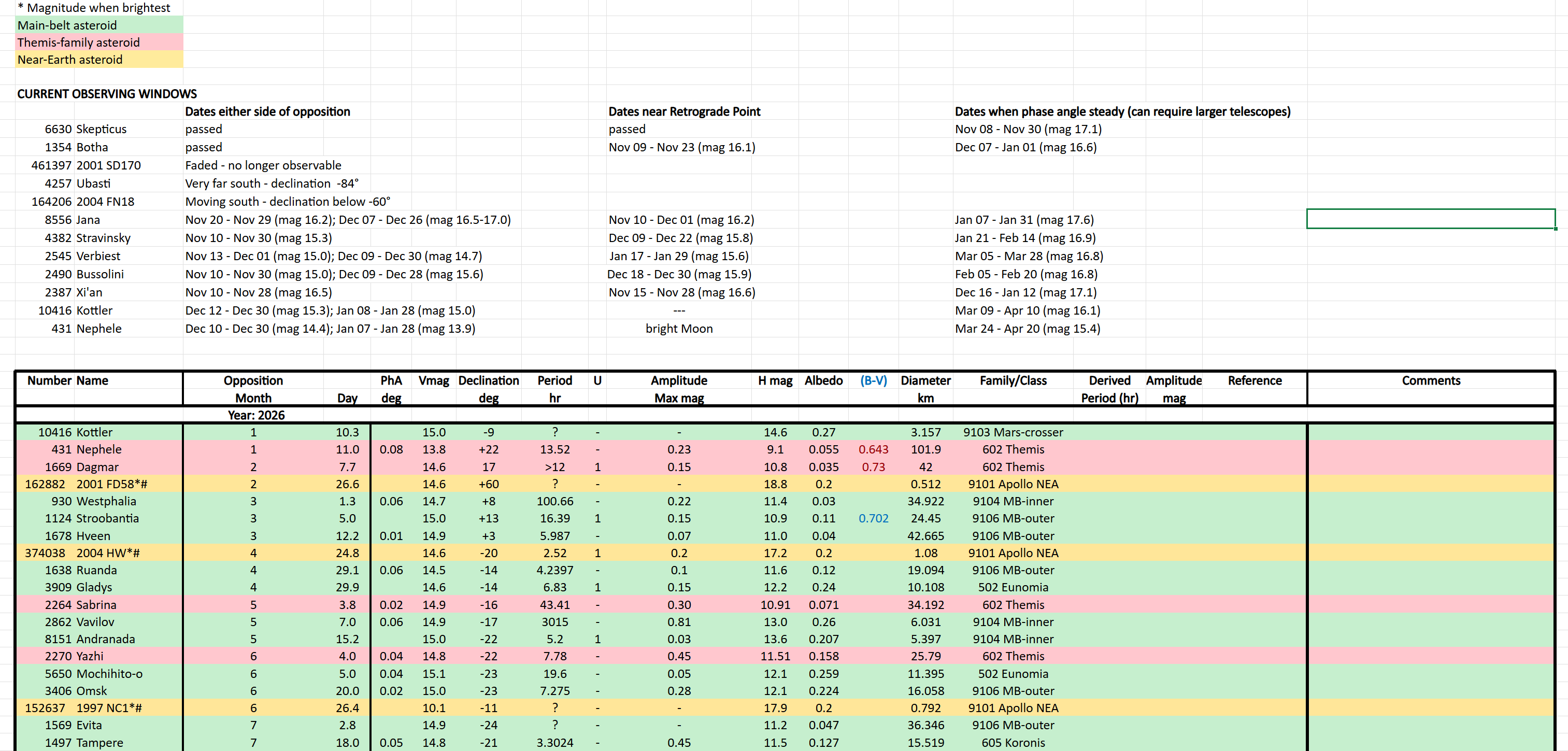
To assist observers in when best to observe particular objects, we also list above the observing windows for three stages of an asteroid's apparition taking into account interference by the bright Moon in the sky. The best time to observe is within a month or two of the opposition date listed above. This is when objects are brightest. If a target object is a slow rotator, it is necessary to extend coverage by several months at least. Asteroids pass through two retrograde points: one before opposition and one after opposition, and for a week or so they move more slowly than usual when the same reference stars can be used for a week or more. This means we can obtain more accurate photometry and solve low-amplitude rotators. Finally, another sweet spot is to observe an object when its phase angle changes very little since then we do not need to know how the correction for changing phase angle affects its brightness, i.e. quite opposite to an object within a few days either side of opposition where the phase brightening can be much greater than the rotational amplitude of its lightcurve.
Once we have determined new rotation periods we shall enter the results in the columns headed 'Derived Period' and 'Amplitude' and once this work has been published a reference to the publication will be added alongside. A full list of asteroid targets undertaken by the section since 2004 can be found HERE.
Mads/2021/09/ARPS_Photometry_ObjectListC.xlsxany BAA members past and present have also had asteroids named after them and the Section together with the Historical Section have produced a listing of all these names. This is now available on this new Historical Section webpage .
Richard Miles
-------------------------------------------
News
-
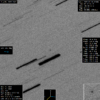 2025 FA22 comes within 1 million km of Earth
2025 FA22 comes within 1 million km of Earth
2025 Sep 20
Wayne Hawley -
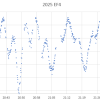 Recent close pass of Apollo asteroid 2025 EF4 spied
Recent close pass of Apollo asteroid 2025 EF4 spied
2025 Mar 16
Richard Miles -
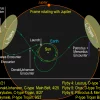 NASA Lucy mission to 617 Patroclus-Menoetius
NASA Lucy mission to 617 Patroclus-Menoetius
2024 Sep 10
Wayne Hawley -
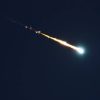 Asteroid 2024 RW1 discovered hours before Earth Impact
Asteroid 2024 RW1 discovered hours before Earth Impact
2024 Sep 7
Wayne Hawley / Richard Miles -
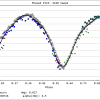 Asteroid 2168 Swope light curve 2024 08 31
Asteroid 2168 Swope light curve 2024 08 31
2024 Aug 31
Wayne Hawley
Videos
-
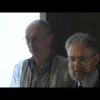 BAA 2023 March Meeting
BAA 2023 March Meeting
2023 Mar 30 -
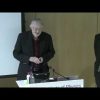 BAA 2022 Christmas Meeting
BAA 2022 Christmas Meeting
2022 Dec 11 -
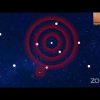 Exoplanets – present and future
Exoplanets – present and future
2021 Dec 16 -
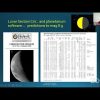 Observing Occultations - BAA Weekly Webinar
Observing Occultations - BAA Weekly Webinar
2020 Sep 30 -
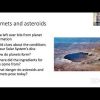 BAA Summer Webinar - Latest news in spacecraft exploration of comets and asteroids
BAA Summer Webinar - Latest news in spacecraft exploration of comets and asteroids
2020 Jul 4
Gallery
Section Pages
- What and Why
- All about Asteroids and Remote Planets
- Observing categories
- Tools and Techniques
- Presentations and Publications
- What to do with your images/data
- Archive
Section Officers
- Director: Dr Richard Miles
- Assistant Director (Exoplanets Division): Roger Dymock
- Assistant Director (Occultations): Tim Haymes
- Assistant Director (Photometry): Wayne Hawley
